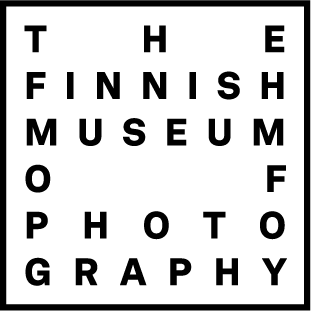The passport can fulfill its function of opening doors only if the human body is linked to it in a reliable way. As identification methods have evolved and control increased, the body's relationship to the passport has been in a constant state of flux.
In the 19th century, the holder's name was sometimes the only identifying information printed in the passport. The photograph became an important identification tool when a relatively free-form photograph was included in the passport at the beginning of the 20th century. The photograph complemented the description of the holder's physical appearance, which in the early days was how the body was documented on a passport.
It was not until after World War II that the passport photograph evolved into a type of its own, with origins in forensics and anthropometry. Biometric identification has become more precise over time and is now increasingly carried out by machines.
The passport is still both an identification document and a recommendation letter, but the question of who may be granted a passport is politically charged. At border control, not all recommendations are treated as equal and some documents are scrutinized more thoroughly than others.
The passport, in fact, reveals something about the entities issuing it: who is deemed trustworthy and on what grounds, and what data is chosen to support this. Its history reveals how a person’s right to travel has been assessed through time: Has trust been placed in the passenger's word, appearance or the data in a document, and has the reliable assessor taken the form of another person or a partially automated computer?
Hannele Rantala's installation piece Untitled is also a part of the exhibition. The piece comprises paper negatives from the archives of a passport photo shop in Helsinki from the period 1937 to 1977. It can be difficult to identify the subjects of negatives, so each one has a red or green filing number on the back. The installation presents the pictures as a group of people whose identities are hidden behind these numbers. From the artist's point of view, a person loses their dignity when reduced to a number, an entity which can be controlled.
Numerical and taxonomic classification are essential to every organized society. These practices can grant privileges or set limitations – and can also be used to remove individuals who are shunned by society.
The piece, which belongs to the collections of the Finnish Museum of Photography, was first exhibited as a performative process in the exhibition Katsoa vai nähdä in 2006 when the artist showed the photographs in a space that is open to the public.
The exhibition was produced by the Banaali valvonta project, funded by the Academy of Finland, and the Finnish Museum of Photography. It was curated by associate professor Asko Lehmuskallio and researcher Paula Haara from the University of Tampere and acting chief curator Tiina Rauhala, trainee curator Anna Björklund and curator of collections Max Fritze from the Finnish Museum of Photography.
The Finnish Museum of Photography
collections space Angle
The Cable Factory, The Cable Factory, Tallberginkatu 1 G, 00180 Helsinki
